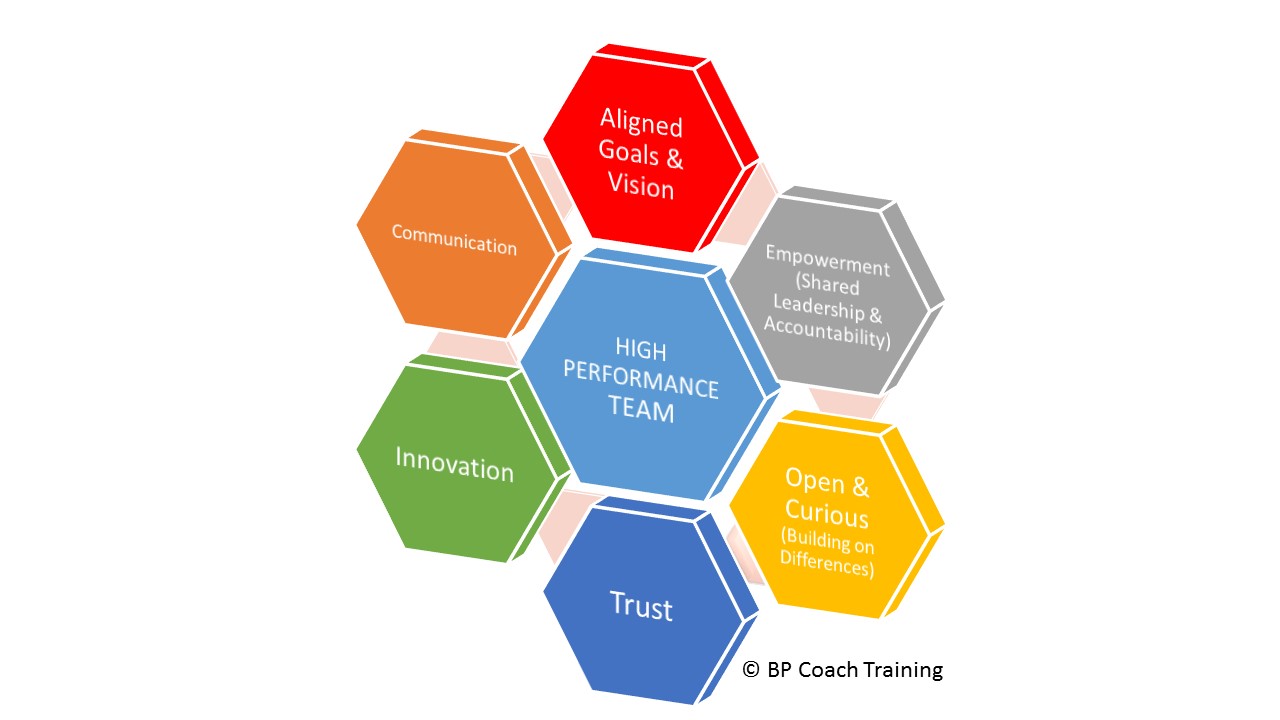It’s that time of the year where many organisation are busy setting and aligning their goals to meet the challenges ahead. Setting and aligning goals are important. However, many companies forget the importance of continuously building their teams that will lead them to greater performance.
I’ve been a football fan since I was a kid. My favourite team is Chelsea from the English Premier League (EPL). Over the last 19 months, we have seen Chelsea at their best and worst. In May 2015, Chelsea was crowned the EPL Champion. Just a year back in Dec 2015, they were languishing near the bottom of the table. This season, they have turnaround to lead the table at the midway point (Dec 2016). How did a High Performance Team like Chelsea with some of the most talented players in the world go from a top team to a non-performing team last season?
More interestingly, in this new EPL season, we have seen the re-transformation of the team to lead the table again. And they are doing it with essentially the same set of players. So what does this translate to us in the corporate or business world? What it tells us is that an organisation that is doing well in one year can succumb to bad results in subsequent years. It also means that you can get the best out of any organisation with a tweak or two. All it takes is to understand what needs to be done in Leading High Performance Team.
Characteristics of High Performance Team
Let’s take a look at the Key Characteristics of High Performance Team.
Aligned Goals & Vision
Most organisations are familiar with and good at setting goals and vision. It’s important to ensure that the goals are clearly communicated and the reward systems are aligned to achieve them. Just having this characteristic is clearly not enough. All the Chelsea players were clear about their goals for last season. Yet, almost all the players were performing below par.
Trust
Trust is perhaps one of the most important element in a high performing team. It’s not just the trust between the leader and the team. It also involves the ability to build trust within the team. There are two types of trust; Competency and Character Trust. Character Trust comes from the level of authenticity, sincerity and honesty, which typically takes longer to build. Competency Trust comes from one’s ability to help another.
Once the trust is broken, it can have catastrophic result as we saw in the Chelsea team last season. Because of some incidents, the previous manager Jose Mourinho lost that trust with some of the key players. Even the trust among the players were missing. The new manager, Antonio Conte was quick to recognise this and was able to build the trust with the players. You will notice that Conte is always seen complimenting the team’s effort and not his own. More significantly, he has not openly criticised any of the players.

Communication

Effective Communication is a two-way process. And it’s not just for the leader to pass instructions to the team. Nor for the team to feedback problems and grievances to the boss. Effective communication involves Active Listening, Powerful Questioning and Clear & Direct Communication.
It is important to listen not just to the content but also the context of the conversation. Listen with an open and curious mind. Knowing how to listen to the other person’s strengths, beliefs or assumptions could help to unleash his/her potential. Likewise, asking questions that help to create awareness, challenge paradigm could help propel one to move forward. With a new generation of young talent, managers cannot continue giving instructions on how to get the job done. Leaders can get the best out of employees by listening and asking those thought-provoking questions.
Building on Differences
Great teams are made up of individuals of different character and strengths. Leaders need to have the ability to recognise the different characters of the team. By leveraging on each of their strengths, they will have competitive advantage over other teams. It’s also important for each member of the team to be open, curious and receptive to each other.
Let’s reference back to the Chelsea team this season. The manager was able to recognise the strengths of each of the player. These include the strength and attitude of a number of unassuming fringe player. Without leveraging on these fringe players, the support would never have been there for the star players to perform at their highest potential.

Innovation
The world around us is continuously changing. This means that organisations have to constantly innovate and reinvent themselves before their competition overtake them. Innovation does not need to be a top-down approach. If companies believe that every employee is creative and resourceful, they can build an open, receptive culture to tap onto new ideas.
For example, when Chelsea lost two successive games this season, manager Conte decided to innovate with a new team formation. This has resulted in an amazing turnaround. Was the success just the change in formation alone? I doubt so… as other teams have tried to replicate the same formation without much success. I believe it involves each player being creative, innovative and motivated in carrying out their role that have made the difference. Which brings us to the last characteristics of a High Performance Team.

Empowerment

Each and every team member, when they are empowered, will feel the need to take responsibility. They will feel accountable for the team, with a shared leadership mind set. When the manager believes that each individual is creative and resourceful, he will draw out the best in each of them through empowerment. Not everyone likes to be told all the time, especially talented individuals. You can observe the change in behaviour of the Chelsea players this season, just because they were empowered.
Conclusion
In summary, you can buy the best players in the world to build a team, but you may not get great results. In our business and corporate world, knowing how to derive the best out of each individual and getting them to work together, can lead to great success. I’m sure all Chelsea fans can attest to it as it’s been a joy watching them this season.




